Designpreis Deutschland 2010 Lauds Malabar (and Lirico)

last year's TDC2 report that the six Latin fonts fonts received a Veronika Burian and José Scaglione from TypeTogether, with their highly original upright italic sans Bree. And now Malabar has also won a coveted Gold award for the Designpreis Deutschland
At the Museum für Angewandte Kunst in Frankfurt. From the opening of the Communication Design Awards exhibition. Thursday, February 11, 2010. Design Prize of the Federal Republic of Germany.
This weekend Dan Reynolds was handed a Gold award at this year's Designpreis Deutschland. The jury selected Malabar as one of ten works from across the nation to receive the coveted design prize of the Federal Republic of Germany. It is the country's highest distinction in the field of design. No other design award sets such strict criteria on entries – a company can only enter the competition if its product has already been recognised in another national or international competition. Over 1,200 items were nominated for the 2010 judging. In the product design category, five works received gold, and 18 others silver. In the communication design category, five more works received gold, with 17 silver awards. Although other typefaces were nominated, Malabar is the only typeface design among this year's winners.
Here is the official jury statement from the Designpreis competition:
The Malabar typeface was developed as a mass text font for Indian newspapers. This is why the typeface is available in a roman version and also in Devanagari, the script most commonly found in India. The robust impression given by the Malabar font is particularly impressive, while remaining extremely legible. "Shrinking" the upper-case letters and the ascenders on the lower-case letters is a trick that is as simple as it is sophisticated. This means that the Malabar letters do not just look bigger, they are very easy to distinguish from each other through small, scarcely noticeable adjustments to curves and serifs. Some letters, for example the lower-case "k", look almost playful, but this in no way impedes legibility. On the contrary, these features make it possible for newspaper readers to read even long passages set in small point sizes without getting tired. The Devanagari variant of the font works with the same design concepts and is a fine example of how masterly typography can support the written word in all written languages.
In Malabar, Linotype has successfully created a font that is as timely as it is timeless, appealing through the outstanding typographical quality of the letters and individual font styles, and through the perfect harmony of the font styles in combination.
– Robert Klanten, Die Gestalten Verlag
Although Malabar is the only type design among this year's winners, other typefaces were nominated – amongst others OurType's Lirico, another recipient of a "Certificate of Excellence in Type Design" at last year's TDC2 competition.

The entry in the Designpreis Deutschland catalogue reads:
Lirico is a contemporary text typeface full of character that is at once elegant and sturdy, charming and reliable. With the tradition and constraints of seriffed types in mind, Hendrik Weber succeeds in bringing out a truly original design, without leaning on the work of other "in-vogue" type designers, as so often happens these days. Specifically designed for texts, Lirico is unabashedly traditional yet pleasantly up-to-date. Its qualities will delight graphic designers and experienced typographers alike.
About the catalogue – it is a beautifully produced hefty tome, hard bound with linen cover and sticker, and expertly set in FF Meta & FF Meta Serif in black and gold. But at the dimensions of 25 x 30,5cm, 5 cm thick, counting more than 600 glossy pages, and weighing 3.700 kg it is a slap in the face of environmentalists.
Header image:Dan Reynolds (left) at the Designpreis Deutschland ceremony.
Sample and purchase Malabar at FontShop.com »






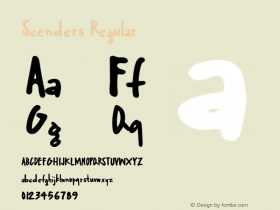










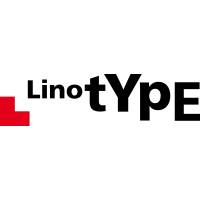

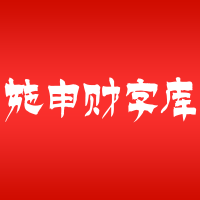
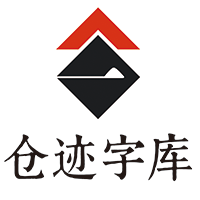
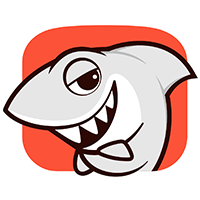
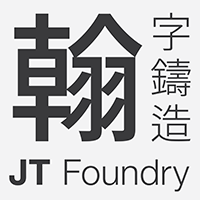
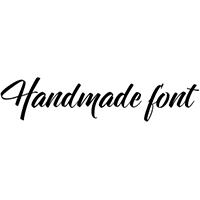
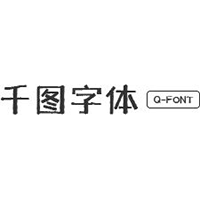
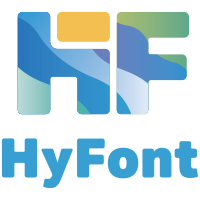
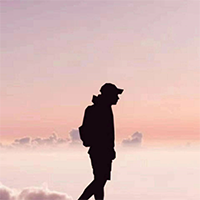

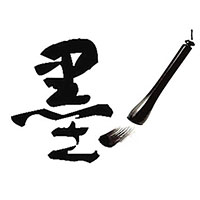





 闽公网安备35010202000240号
闽公网安备35010202000240号